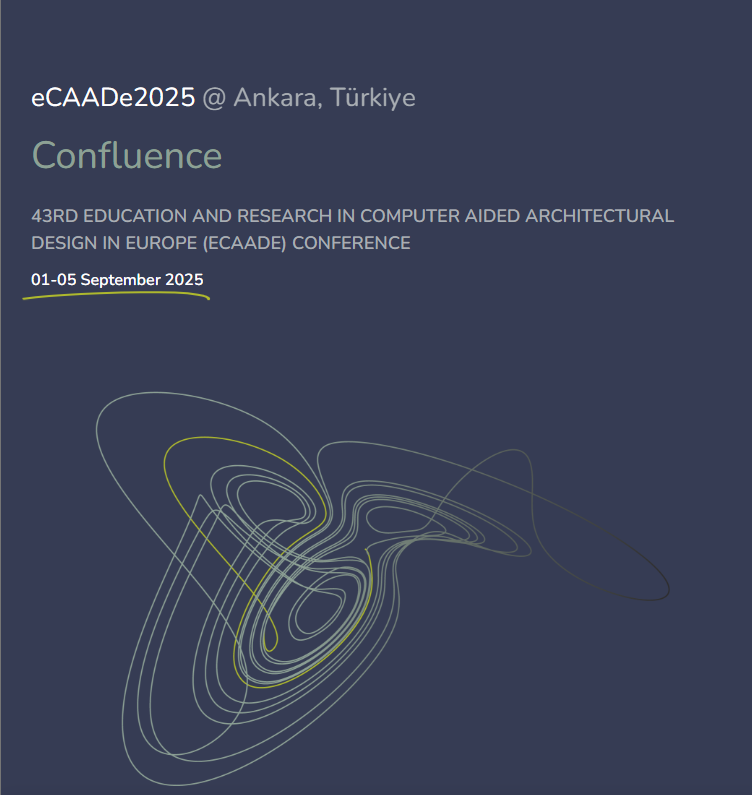3.1 The “true” Mathematical Fractals
The development of this kind of fractals consists of simple rules - a starting image, the so-called initiator, is replaced by another image, the so-called generator. But nevertheless they are very complex and always strictly self-similar: it does not matter which part we analyze, it always looks exactly like a scaled down copy of the whole set. The tools to create such fractals are called iteration and feedback: Iteration means that the procedure is repeated based on the result of the previous step.
Fractals in the mathematical sense only exist at the limit point of an infinite number of generation steps. Thus a part will be an exactly scaled down copy of the whole if both, the part and the whole, contain infinite small sections. Therefore they can only be found in theory: infinite steps are only reached after infinite time. This also means that the pictures of the fractals shown on the following pages are only approximations but they will already offer the characteristics of fractals after two or three steps. That also leads us to a more abstract definition:
Fractals are objects, which are self-similar at least in a more general sense up to a certain scale - this is also true for coastlines and elevations of buildings, as I have mentioned before.





 , which is longer than the original line
, which is longer than the original line  =1. In the second step four other lines again replace each of the four lines.
=1. In the second step four other lines again replace each of the four lines.  is therefore 4*4=16, of a length of 1/3 of 1/3 of the original line so this leads to the second length
is therefore 4*4=16, of a length of 1/3 of 1/3 of the original line so this leads to the second length , and so on:
, and so on:
 , with n being the number of steps, that is iterations and the generator length being 1:
, with n being the number of steps, that is iterations and the generator length being 1:


 , the generator again being a line with the length of one. After the first iteration the length is given by
, the generator again being a line with the length of one. After the first iteration the length is given by ,
,
 .
. = +60° or -60° and
= +60° or -60° and  = -
= -

 , with one being the unity length of the initiator. From that the first iteration leads to a total length of
, with one being the unity length of the initiator. From that the first iteration leads to a total length of  , the second iteration to
, the second iteration to  , the third iteration to
, the third iteration to  , and so on.
, and so on.











